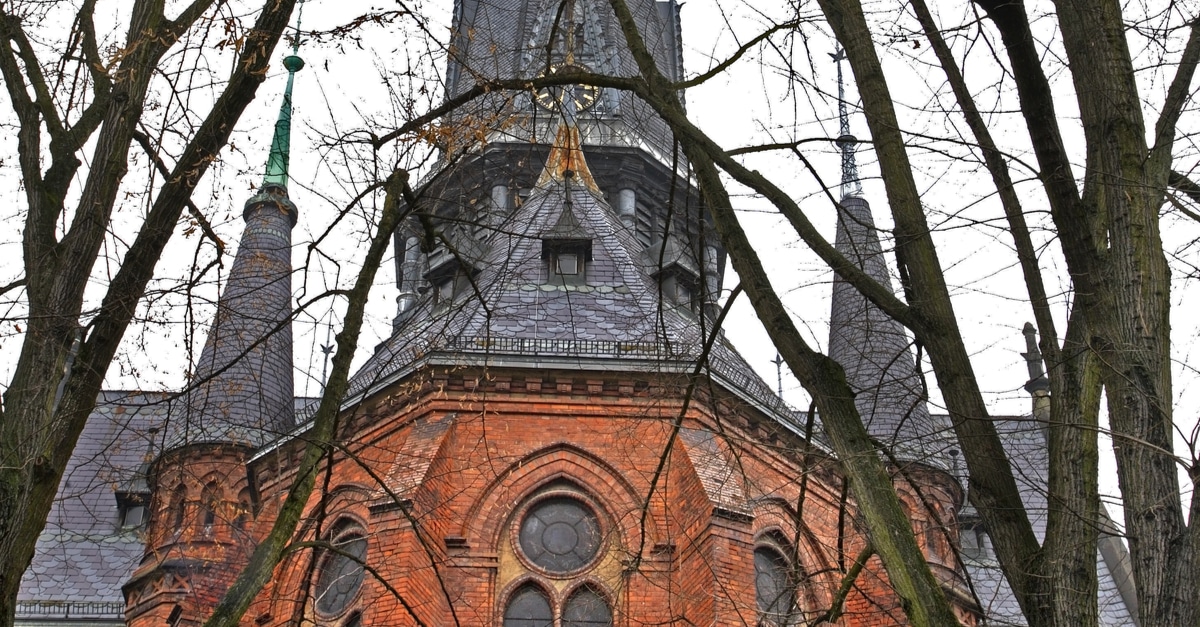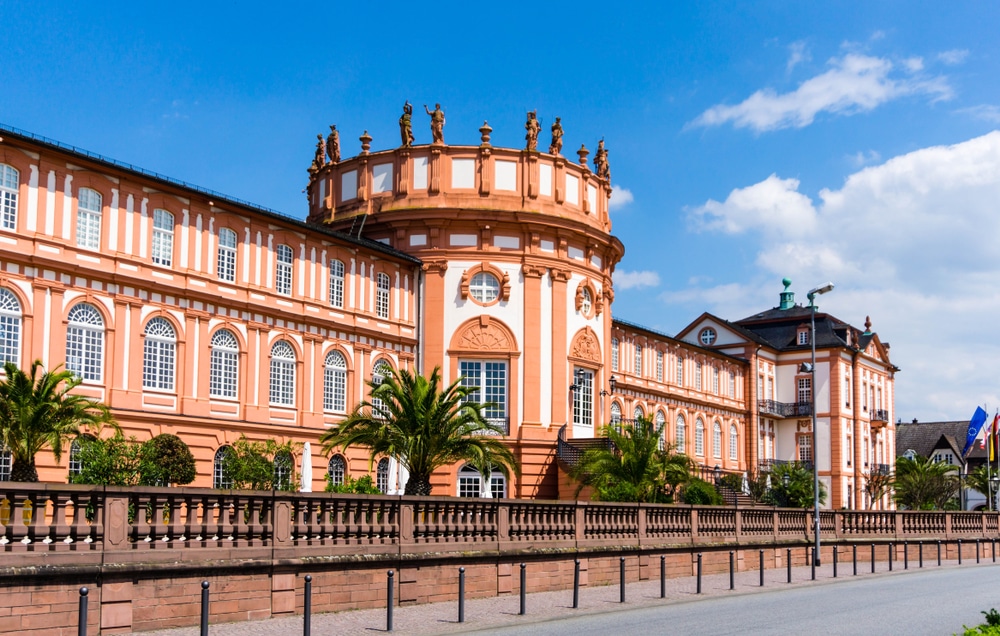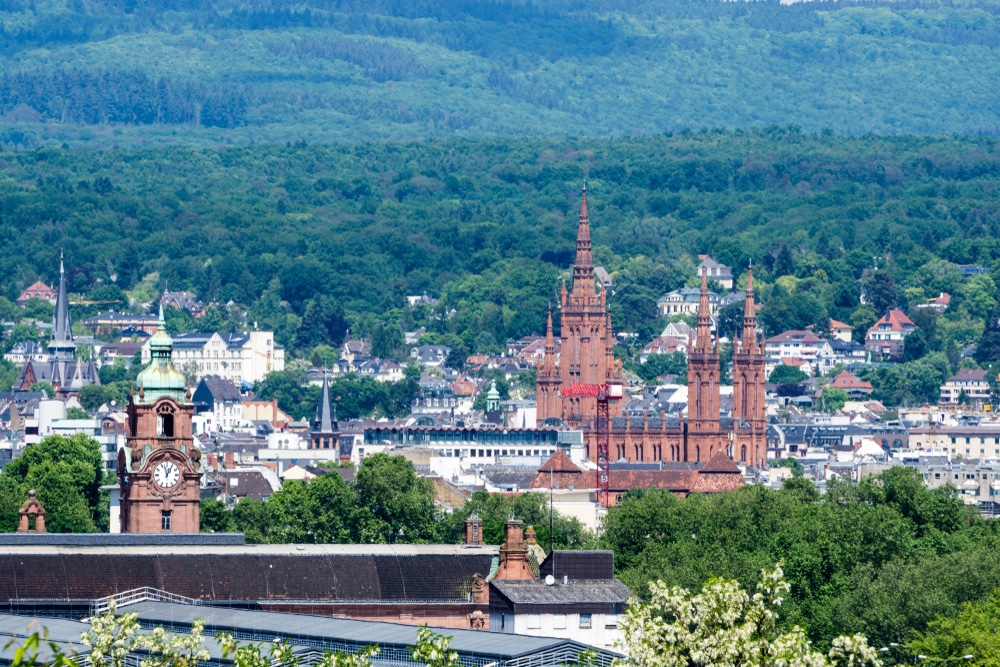The Bergkirche (Mountain Church) in Wiesbaden, the capital of the state of Hesse, is located directly in the district of the same name, the Bergviertel, and is a popular tourist attraction.
It is also part of the historic pentagon, which lies in the core of the city: Five notable streets border it in all four cardinal directions. In the south it reaches to the Rheinstraße, in the west the Schwalbacher Straße forms the border, in the north it is the Röder- and the Taunusstraße and in the east it is bordered by the Wilhelmstraße. In addition to the Bergkirche, the pentagon also contains the Stadtschloss, the Marktkirche, the two town halls and the Heidenmauer.
Short history
The Bergkirche was built in neo-Gothic style as early as 1879. The builder's name was Johannes Otzen and he built attractions and buildings that were well-known especially in Northern Germany. Also involved in the construction was the architect Hans Grisebach, who worked for the World Exhibition in Paris in 1900. Along with the Marktkirche, the Bergkirche is the most important Protestant church in the city. Its name comes from the plateau on which it was built. The tower is visible far beyond the capital, even in the surrounding villages.
Interior of the church
The interior of the church is decorated with numerous paintings, beautiful stained glass windows and wooden figures. Church services are held here regularly. In 1930 the organ was rebuilt. Albert Schweitzer, a famous pacifist and bush doctor, who also found a passion for playing the organ, was involved. The master builder of the church, Johannes Otzen, developed the famous Wiesbaden program with the pastor Emil Veesenmeyer in 1891. They made their very own service in the church and divided it into three parts: Pulpit, Altar and Organ. From the organ came the music, from the altar the communion, and from the pulpit, of course, the sermon. This impressed many worshippers. Even today, the complete interior is original and very well preserved. All this dates back to 1866. The stained glass windows date from 1879, and the wall paintings by Hermann Schmidt, who hung pictures and scenes from the life of Jesus Christ in the choir, are particularly beautiful. Unfortunately, this obscured the wooden altarpiece a little.



